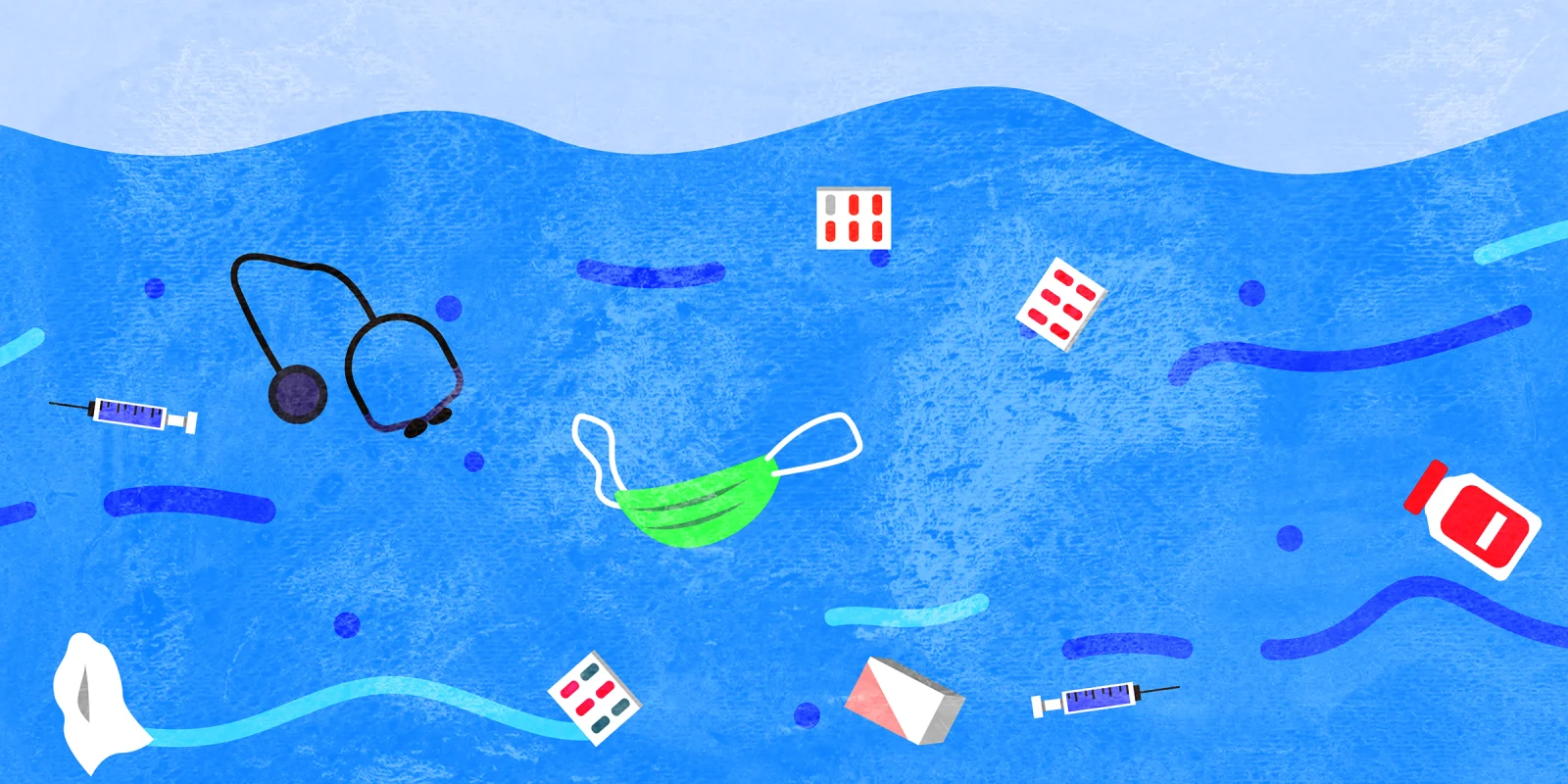I bet those indestructible, stainless steel kidney trays saw more than a generation of surgeons through to their retirement. With just the right heft and shape to cradle against the head (the other specialties must have their own use for them), they did their job unnoticed. Until, suddenly they were nowhere to be found, replaced by single-use plastic versions. These Johnny-come-latelies are said to be more cost-effective. This equation of cost-effectiveness is strange. We used to don fabric gowns that went through multiple iterations of sterilization and reuse during their life cycle. Now, we rip off the paper gown and toss it into the large trash bag; one of several that fill to the brim during a single case. Most everything is single-use, be it paper, plastic, or metal. What does get cleaned, sterilized, and reused are the pieces of more expensive equipment, usually costing in the tens of thousands of dollars.
Down in the neuroendovascular suite, one procedure can generate anywhere from 10 to 30 lbs of waste. Much of it is avoidable. None of it is recycled. A rite of passage at several institutions that offer fellowship training in endovascular neurosurgery is to have the fellows visit facilities where the endovascular devices are made. Seemingly nonchalantly, but actually in complete awe, we saw the stents and aneurysm coils being handmade by the nimblest of fingers. One such handiwork is a coil soldered to a "pusher," which is essentially a fine metal wire for carrying the coil. Once used, it results in the coil being deposited in the patient’s aneurysm and the pusher, having done its job, heads for the landfill. It is eminently reusable, if sent back where it came from. It would seem someone believes each patient deserves a pusher, made of metal mined for only one use! These two garbage-generating loci (the OR and angiography suite) are but a minuscule part of the medical system that regurgitates an enormous amount of waste daily. The health sector, in turn, pales in front of others, like the food and beverage industries.
If we look at plastic, it is numbered, seemingly indicating its recyclability. Those numbers are a public-relations eyewash. What was impossible — in fact, unimaginable — in our childhood is coming to pass. Yes, oceans can be glutted with garbage. Our indestructible, single-use micro- and macroplastics have turned into Frankenstein’s monsters, killing off marine life. Imagine a vicious cycle, the end result of which is that we have no seafood because we destroyed so many links in the chain and, no plant-based food because we irreparably poisoned the land and water. That is what we are doing right now. Impossible? So were the oceans turning into garbage dumps! These are unintended consequences. The Scandinavian genius who invented the first polyethylene bag carried one about in his pocket to be used repeatedly. The grocery stores never received that memo addressing multiple uses, and created a problem worse than the one they "solved": paper bags. We may not be cutting down as many trees, but we didn’t think through to figure out what we planned to do with a type of garbage that can lie around for several hundred years. Just like the nuclear waste, which is not our generations' problem but another's.
Which brings us back to “cost-effectiveness” of single-use. Just based on the above, it does not pass the smell test. Usually, something that belies common sense is wrong. Common sense suggests that a sturdy, durable item used repeatedly over an extended period of time is more cost-effective than something brand new that is used once then tossed out.
So, what is the solution? Ask the milkmen! Their business depended upon collecting their glass bottles. That device rep who hangs around, pretending to be the doctor’s best friend, would be more useful if they collected the waste generated by each device used and return it to the manufacturer, who — in turn — is slapped with an eye-watering fine for each lapse. Device manufacturers are responsive when it comes to their bottom line. They will find an efficient way to make the metal pusher reusable when the waste becomes their problem. The plastics amassing back home will make the circular economy of turning plastics back to oil to be remade into different plastics or fuel, eminently viable. As for physicians, let us do what we are good at: needling the administrators. In those tedious section and department meetings, we must suggest that the hospital do some good for the community and environment by making responsible decisions based on common, like washing, sterilizing, and reusing, rather than using and tossing. The result will be a recreation of jobs lost to single-use, goodwill in their community, and not throwing money at distant manufacturers.
So, give us back our stainless steel kidney trays and our fabric surgical gowns. Snub the next rep who comes along with their over-packaged and single-use gadget, singing “cost-effective!” We need to compel the device industry to be good stewards of the environment, especially considering, along with health insurance, that they are responsible for the lion’s share of health costs. We inherited this beautiful and mostly clean Earth. We must pass it along in a state better than we received it. Let us not give the future generations reason to shake their heads and say that we were sad, mad, and bad.
What steps have you taken to be more conservational in your practice? Help your colleagues go green by sharing your tips below!
Dr. Shah-Naz Kahn is Chairperson and Director of the Institute of General and Endovascular Neurosurgery and clinical assistant professor in the Department of Surgery, Michigan State University, College of Human Medicine.







